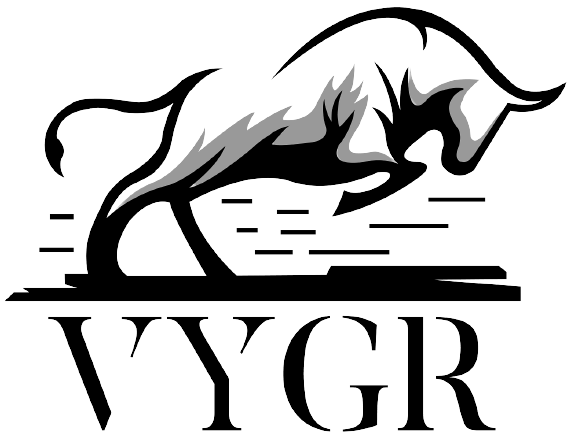Chandrayan 2, which was India's second mission to the lunar surface did not go as it was expected to because it failed to make a soft landing on the moon, but some interesting findings that were discovered will shock each one of you.
The instruments used in Chandrayan 2 were far more sensitive than the previous mission to detect substances better. Along with several particles of H2O and solar micro flakes, one thing that left everyone amazed was the presence of sodium particles on the lunar surface without any ambiguity. A large amount of sodium has been found on the surface of the moon for the first time. A large area of an x-ray spectrometer named CLASS was used in Chandrayaan 2 that helped identify the abundance of sodium present on the lunar surface.
The instruments used this time could very easily identify clean signatures of sodium due to their high sensitivity. The findings suggest that the sodium found on the lunar surface is of two types, some are loosely bound on the surface and others are part of the minerals. The loosely bound atoms liberate quickly with external agents acting as sources of atoms in the lunar exosphere. These scientists will further help scientists study the surface-exosphere interactions on the moon.
An interesting thing that came up after these findings were that the region around the moon was so thin that the atoms of sodium could rarely meet. The study also reveals that if the sodium atoms were a part of the lunar minerals they would have been very easily pushed out of the surface by solar wind or UV radiations. The presence of sodium also points to the continuous supply of atoms in the exosphere. The findings of these elements on the moon will help us understand the magmatic evolution that happened on the moon and several other conditions.
A problem that scientists and researchers have been facing for decades is the heating of the solar corona but with the findings of micro solar flakes outside the active region of the lunar surface have made it easy to understand the mechanism behind the heating of the solar corona and answer several unanswered questions. The major objectives of this mission were to demonstrate the ability to soft-land on the surface of the moon and operate a robotic rover on the moon's surface, Chandrayaan 2 partially achieved its primary objectives but the mission gave us some crucial information for sure for the next leap in man's exploration of the space.
© Vygr Media Private Limited 2022. All Rights Reserved.







